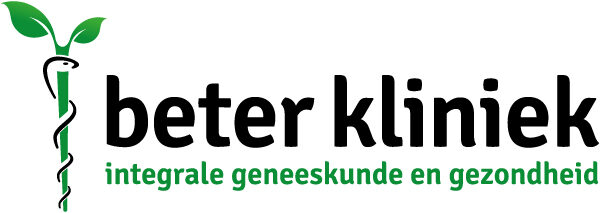What is the dilemma you face as a manager or colleague when someone in your immediate work environment/department appears to be struggling with an addiction? It is good to first be clear about the definition of addiction: Addiction is the physical and/or mental condition of a person based on dependence on a habit or substance. This makes it difficult to let go of all or part of this habit or substance. The person's behavior is primarily focused on obtaining and ingesting the substance, or acting on the habit. When the body no longer has this substance or habit, withdrawal or withdrawal symptoms can occur. There are two types of addiction: - Habits (for example: gaming, sex, gambling) - Substances (for example: alcohol, stimulants (drugs), LSD When talking about addiction problems, there are three things to consider: (Some) Characteristics; Withdrawal symptoms. - Functioning both privately and at work is apparent. - Financial consequences - Someone trying to quit but not succeeding (Some) Signs; - Frequent absenteeism. - Neglect of personal care. - Sloppy work. - Lack of focus and concentration - Physically noticeable (smell of alcohol, wide pupils, greasy hair and so on). (Some) Causes; - Suppressing tension or problems - Adjusting behavior to fit in - Predisposed (genetic) The moment you have a strong suspicion that you are dealing with a colleague/employee who has a possible addiction: - Consult your supervisor or confidential advisor. - Involve your HR Advisor If you want to have a conversation with an addicted employee/colleague, the following aspects should be taken into account: Prepare well: 1. Get all the facts straight. 2. Determine the purpose of the conversation (to offer help and support). 3. Prepare well in advance for the consequences for the employee if addiction is actually found Employee/colleague: 1. Put the employee at ease. 2. Name the reason. 3. State the purpose of the conversation. Technique of the conversation: 1. Take stock of the problem (using LSD!). 2. Keep in mind that addicts tend to be in denial. One may feel caught or taken in violation of their privacy. 3. Collectively pass judgment 4. to create a good and vige communication environment, good empathy (empathy) is essential. Jointly conclude: 1. Summarize 2. How to proceed next. 3. Engage other disciplines if the problem may be outside the organization. With addiction problems in the workplace, it is important to recognize the various signs and possible causes. To properly assess the responsibility of yourself as a supervisor or colleague. To have good conversations in this context, a certain amount of training is almost a requirement. It also requires good possession of the competencies: communication, empathy, initiative and organizational orientation. It is a subject that is present in practically every company to a greater or lesser extent. Max Verhelst HR Manager
References
- Max Verhelst, 2017, HR Manager, Addiction problems in the workplace.

